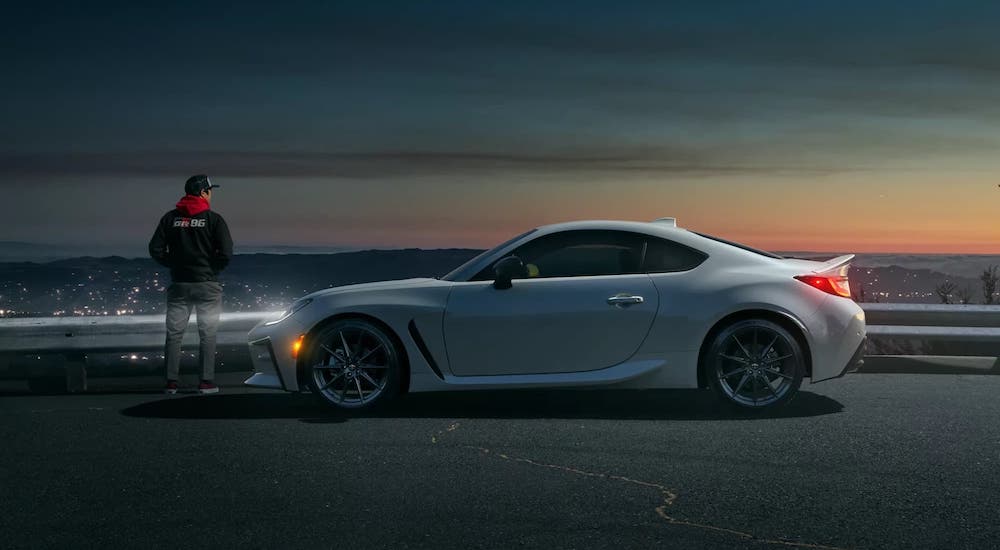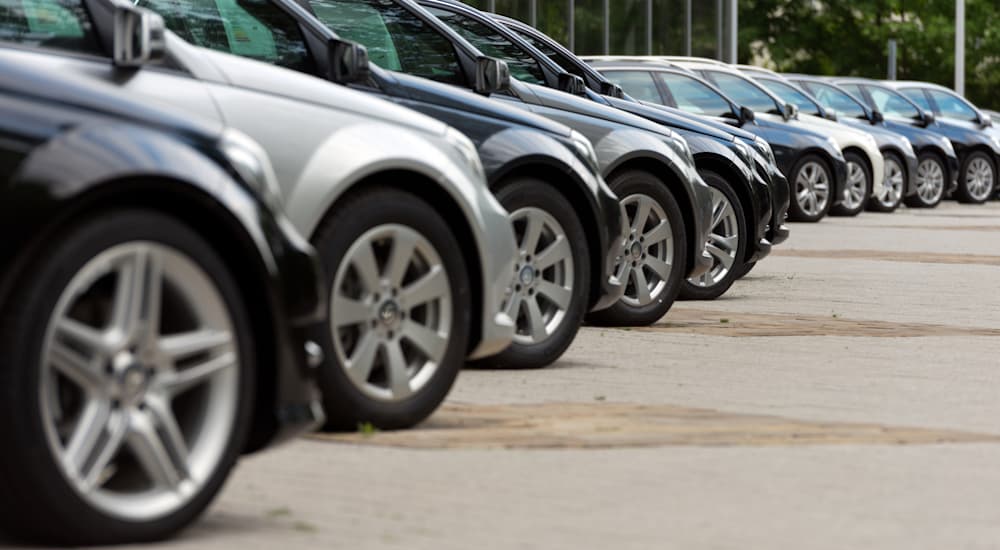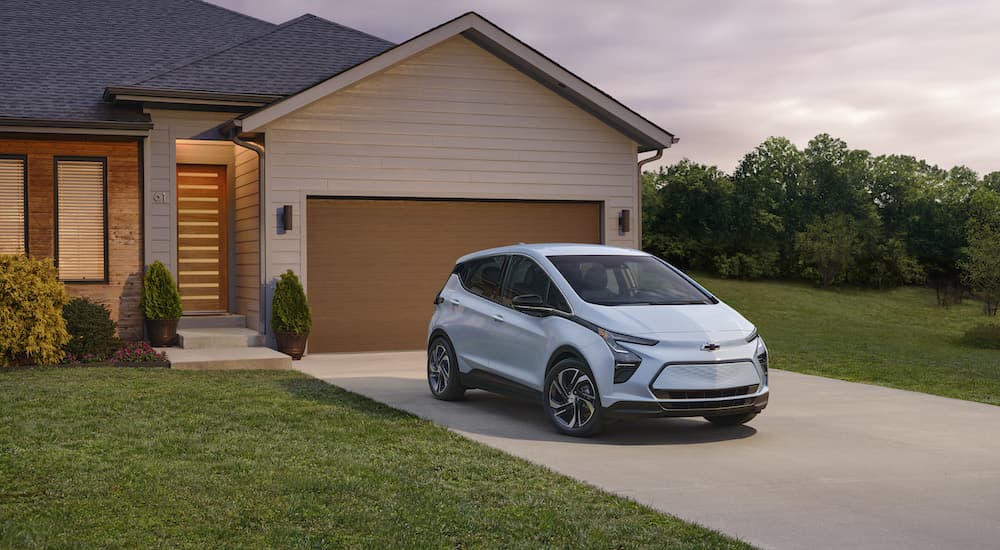If you’ve been shopping for a car lately, then I don’t need to tell you that cars are expensive right now. Even if you haven’t been shopping for one recently, you’ve probably seen plenty of headlines already that talk about it. In general, everything costs more right now than it did a year ago due to the historic inflation that has pushed the cost of simply living to higher levels than ever before. Unfortunately, this is on top of a situation that has already pushed the prices of new and used cars up to record levels, and there are no immediate signs that things will change anytime soon.
The unfortunate trickle-down from this is that it means not only are cars more expensive in total, but people are also paying more on their monthly payments for them. It’s not just a matter of paying more each month but also paying more in interest on auto loans since you need a larger amount. The only good news with all of this is that it’s not absolute across the board; some vehicles are getting less expensive, and the trend hasn’t been completely upwards. This gives us some hope that perhaps things will go back down, but we’ll have to see just how greedy car companies really are.
The High Cost of Living
There are several factors at play here when it comes to how car costs for not only buying but simply owning one have risen recently. One of the biggest, at the moment, is the overall massive inflation that’s impacting pretty much every aspect of American life. Groceries and gas costs are making headlines, but pretty much everything has become more expensive, and that includes cars too. It’s hard to track this perfectly since car costs have been impacted by so many things over the last couple of years, but it’s certainly a factor.
The biggest reason this is vitally important is because it shifts how people are able to budget to be able to afford a vehicle. Although there are different models used by various experts to help people create a viable budget, one of the most common uses is a 50/30/20 approach. With this budget, someone should allot 50% of their monthly income to essentials, 30% of their income for things they want, and 20% for paying off debt or into savings. When rent, utilities, and food become a larger portion of that 50%, it leaves less room for car costs, and when they all go over 50%, there’s no money for things people want or for saving.
Car Prices on the Rise
Overall inflation is certainly a problem, but car costs have been on the rise for nearly two years now, ever since the impact of Covid first started being felt. Initially, when lockdowns started, everything froze, and there was a lot of uncertainty about what would happen. As dealerships started to reopen, they were trying to make up for lost time. There were a lot of good sales and deals going on, and the response from customers was huge. Pretty soon, manufacturers realized they needed to get cracking in order to meet demand, but they ran into the ongoing nightmare that is the microchip shortage.
After the initial surge of great deals on cars, the supply began to dwindle, things went the other way, and prices started going up fast. Unfortunately, fewer new vehicles available also increased demand for used cars, not only from customers but also from dealerships looking to bulk up their inventory. So new cars became more expensive, and used vehicles did too. There’s been nowhere to turn for people looking for a break from higher costs. The increase has been pretty staggering: the average price for a new car in April of 2021 was just over $41k––for April of 2022, the average cost of a new car was more than $46k!
Used cars have been just as bad, even if the numbers have typically been lower, but not always. There were points last year where you could expect to pay more for a vehicle from two years ago than if you could find the same model as a brand-new car. The big reason for this was the “if ” in that sentence––people would pay $43k for a used car because the $41k new model was impossible to find. Things have gotten a bit better since that awful point, but the market is definitely not back to where it was three years ago.
How MSRP Impacts Monthly Payments
The biggest issue with the heavy increase in car costs is more than simply larger upfront expenses; it’s how this has impacted the monthly payments that a lot of people have to make. Most of us can’t simply drop $40k on a car and drive away free and clear; customers get some kind of auto loan in 85% of new-car purchases and 53% of used-car sales. In total, auto loans in the US make up $1.23 trillion in debt as of 2018, so there are a lot of car payments being made every month.
So, let’s say you’re looking to buy a new car, and you have $5,000 saved up to use on a deposit and a trade-in that’s worth $10,000, but you’ll need a loan to cover the rest. That means, if you’re shopping for a car that costs $40k, then you’ll need a loan for $25k. If the same car instead costs $45k, then that means the loan goes up to $30k. But to see where things get ugly, here’s what monthly payments look like if we assume a 60-month repayment term and 6% interest:
- $40k Car ($25k Loan)
- Monthly Payment: $483.32
- Total Loan Interest: $3,999.20
- $45k Car ($30k Loan)
- Monthly Payment: $579.98
- Total Loan Interest: $4,799.04
That difference means paying about $100 more each month and almost $1,000 more in interest over the lifetime of that loan, which is about what we’ve seen from April of 2021 to April of 2022. Remember that your interest really doesn’t buy you anything––it’s just the cost of doing business and needing a loan. So that $5k increase is really closer to a $6k increase in the total amount you’re paying. This means that a $45k car is actually going to cost you more like $50k once you pay it off, which doesn’t even include insurance, gas, service and repairs, and everything else you’ll have to pay for the vehicle.
Uncertainty and Hope for the Future
The best I can do for some kind of optimistic tone to end on is that the increases haven’t been absolute from month to month, nor are they definitive across the industry. For example, the average cost for a new car in December of 2021 was more than $47k, so while it increased from April to May of this year, it had been going down for three months prior to that. In other words, we’ve seen both ups and downs over the last 18 months or so rather than constantly going up, so that’s something.
Other than that, the good news is that some models are actually getting more affordable. The big push for an all-electric car market is largely being driven by efforts to make electric vehicles more accessible for every buyer by making them more affordable. One clear example of this is the Chevy Bolt EV, which is getting a significant price drop. The 2022 Bolt EV starts at $31,500 MSRP right now, but the 2023 model is launching at $26,595 MSRP, a drop of nearly $5k. They’re not cutting any features from it; it’s just getting more affordable. Our best hope is that this is a trend that continues, and as long as car companies compete with each other, prices should start to go down as supply begins to build up. We’ll have to see if that happens, though.






